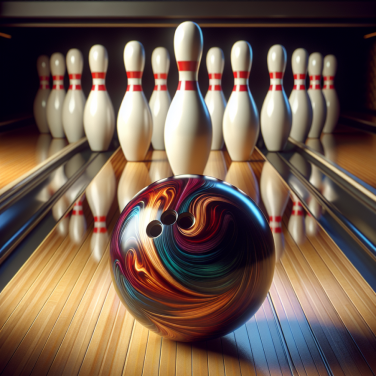Unleashing the Adrenaline: Understanding the Dynamics of Skate Racing
Skate racing adds an extreme, adrenaline-rushing dimension to the traditionally leisurely activity of skating, transforming it into a competitive sport that demands intense muscular strength, agility, and finesse. Understanding the dynamics of skate racing allows us to appreciate the precision, talent, and skill required in this high-stakes sport.
Skate racing requires a keen sense of balance, control, speed, and timing. Racers must constantly be aware of their physical state, the distance to their competitors, and the nuances of the course. This awareness is crucial to their ability to accurately gauge their speed and trajectory, prevent collisions, and swiftly regain balance after taking sharp turns.
One of the most critical aspects of skate racing is the mastery of postures. The athletic stance, where the racer crouches low with the torso leaning forward, minimizes wind resistance and maximizes speed. Skaters also employ the cross-over turn technique to navigate tight corners, which involves crossing one foot over the other without losing momentum.
The choice of equipment also significantly impacts the performance of a racer. The wheels of skate must be chosen carefully according to the track's surface. Hard wheels are suitable for smooth, indoor tracks, while softer wheels are used for rough, outdoor surfaces to provide better grip and control. Bearing selection affects raw speed - high-end ceramic bearings allow for a faster time, while steel bearings are more durable but slower.
Skaters must also be meticulous about their safety equipment, including helmets, knee and elbow pads, wrist guards, and mouthguards. Given the high risk of injury from falls or collisions, these safety essentials are non-negotiable in the sport.
Strategic drafting is another crucial parameter. It involves staying close behind a competitor to take advantage of the reduced wind resistance in their wake. Racers must know when to conserve energy through drafting, and when to break away for the sprint finish.
The physical conditioning and stamina of the skater plays a vital role in the performance and outcome of the race. Skate racing athletes engage in comprehensive training programs involving weight training, cardio exercises, and agility drills. This not only boosts their muscular strength and endurance but also enhances their balance and coordination on the skating track.
A final significant dynamic of skate racing is psychological toughness. The pressure, intensity, and unpredictability of races require racers to have mental resilience and sharp focus. Critical decision making, managing nerves, and visualizing success are key mental strategies employed by top racers.
Read also:
The Elegant Art of Kumdo: Korea's Swordsmanship Journey
Navigating the Highs and Lows: Behind the Scenes of Competitive Skate Racing
Skate racing is a physically intensive and heart-racing sport, requiring not just exceptional skill in skating but also sheer courage and a burning passion for speed. The world of skate racing is laden with challenges right from the starting point to the time the razor-thin finish line is crossed. Embracing both the highs and lows forms an integral part of this thrilling journey of every competitive skate racer.
Skate racing is a battlefield of adrenaline, reflexes, and strategy, where every sharp turn and microsecond counts. The exhilarating speed can be a definite high. Speeds in excess of 50 km/hr are not uncommon, and this breakneck intensity can be a euphoric experience for racers. To increase the speed, racers need to master a number of techniques such as crossovers, striding, and drafting. These skills not only enhance speed but also finesse their overall performance.
However, the high speeds also pose significant risks, leading to the lows of the sport. At such extreme speeds, the chances of mishaps increase, making the sport risky but unduly enticing. The dangers lurking around each corner include fellow skaters abruptly stopping, a stone or bump in the road, or even a lapse in judgment about the turn's sharpness. Nevertheless, it is this underlining danger that further enhances the thrill of competitive skate racing.
Another high in competitive skate racing is the camaraderie and the thrill of participating in the races. Racers can often be found huddled together sharing experiences, techniques, and sometimes, even competitive secrets. Such interactions contribute immensely to individual growth and foster a sense of community. These bonds, formed in the heat of the race, often go beyond the boundaries of the track.
However, competitive skate racing isn’t always about camaraderie and sportsmanship. Along with the highs, there are lows in the form of intense pressure and cut-throat competition. Skaters train for long hours, sacrificing personal and leisure time, ensuing physical and mental stress. The desire to continuously improve and maintain a high level of performance can lead to anxieties relating to failure, injuries, and sometimes even hesitation to participate in large competitions.
In the ebb and flow, high and low of competitive skate racing, the importance of the right gear cannot be overlooked. Using the right equipment is as euphoric as it is necessary. It not only enhances performance but also minimizes the risk of serious injuries.




